
By Melissa Garcia, Technical Adviser,
International Consortium for Emergency Contraception
Cristina Puig Borrás, Coordinator,
European Consortium for Emergency Contraception
There is the growing recognition that as agents of change, adolescents and young people and their organisations are essential stakeholders who contribute to inclusive, just, sustainable and peaceful societies. Crucially, advocates working on sexual and reproductive health (SRH) and reproductive rights (RR) advance access for young people in meaningful ways.
Emergency contraception (EC), and EC pills in particular, are an important contraceptive method for young people for several reasons. First of all, it is an extremely safe method for all women of reproductive age to use, including adolescents. In general, adolescents and young people may face challenges that make EC access particularly critical. Since they may be discouraged from ‘planning’ for sex, they also lack information about how to access contraceptive protection and how to use it. Method failure may also occur. Girls and young women may have greater difficulty in negotiating contraceptive use with a partner. And, unfortunately, in many parts of the world, girls and young women are vulnerable to sexual coercion.
Yet access to this very safe and important method is an issue of heated debate in almost every region of the world. This is a real challenge, founded on widespread misunderstandings about EC’s safety, suitability for young women, and effects on behaviour.
Here are 8 Top Tips for Advocates Working on Emergency Contraception:
(Based on ICEC’s The Unfinished Agenda: Next Steps to Increase Access to Emergency Contraception)
- Dispel misperceptions and myths: Promote accurate information on EC. It is critical to disseminate accurate, unbiased information about EC and combat confusion about how EC works and ambivalence about who should be able to use it. Adapt this information for local contexts for a wide range of audiences, including policymakers, health care providers, women and communities. There are some misunderstood aspects of EC: refer to the following key messages:
- Women of any age, including adolescents and youth, can use EC
- EC cannot cause an abortion. EC prevents pregnancy.
- EC is safe and has few side effects. It can be used safely each time a woman or girl wants to prevent an unintended pregnancy.
- Women and girls have a right to access EC when they need it.
- The role of governments: Create supportive national policy environments and ensure public sector engagement in supplying and providing EC. EC should be mainstreamed into current reproductive health programming at all levels, including areas that affect youth. Advance legislation to make EC available over-the-counter without prescription for people of all ages.
- Training and integration of EC with broader family planning services. Front-line health care providers (including pharmacists, doctors, nurses, midwives) must know about EC and provide it, incorporating EC into their counselling messages (including for those who use barrier methods, for example). EC should be included in pre- and in-service training for these professionals. This will help reduce the stigma around asking for EC, which young people face especially.
- Increase EC awareness and demand among women and communities. EC is the only thing that can be used to prevent pregnancy after unprotected sex, and unfortunately, many women, including young people, have never heard of EC and they don’t know that it exists (Knowledge of EC, globally). EC has to be mainstreamed into reproductive health programming. In addition, encourage the inclusion of EC messages in campaigns so that awareness is increased among communities more broadly. These efforts can dispel myths, reduce stigma and improve access to information about EC.
- Require access to EC for survivors of rape. EC provision is critical for the treatment of survivors of rape, regardless of their age. Reduce barriers to access for care, with supportive policies at all levels, so that first responders counsel women about EC and that EC is available on-site.
- Make EC consistently available in all crisis settings. Barriers to accessing contraceptive services and supplies are exacerbated during crisis settings, when sexual coercion and transactional sex increase significantly. EC should be made available for all women and girls from the beginning of a response and should continue in the transition to stability.
- Further capitalize on the potential for social marketing of EC. Social marketing programs have been very successful in making EC available to women, and yet only 1/3 of such programs include EC. EC should be integrated more fully into existing social marketing programs.
- Define and fill knowledge gaps regarding EC access. There are many areas that require further investigation, such as: How and why do people choose EC, within a range of contraceptive options? Do adolescents and young people use EC, and what are their motivations? What are effective strategies to raise awareness of EC? What strategies are effective to defend EC in countries with restrictive laws?
We are trying to learn as much as we can on adolescents and how they access emergency contraception, and youth advocates for SRH & RR can help! Please fill out and circulate our survey here: Links to S urvey/sondage/encuesta in English– en français– en castellano
For further information, please contact Melissa Garcia, mgarcia@msh.org, and Cristina Puig Borrás, cpuig@eeirh.org

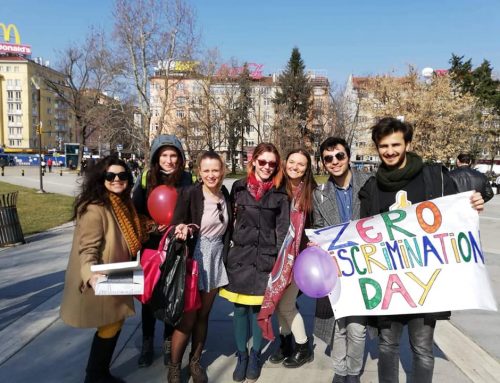


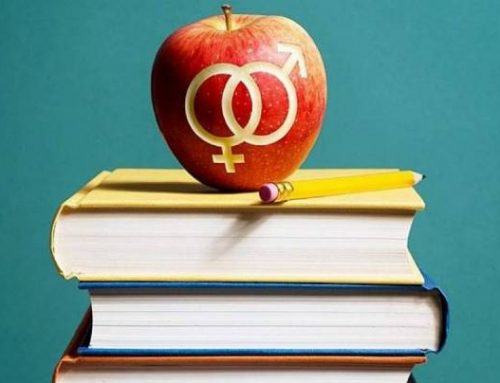


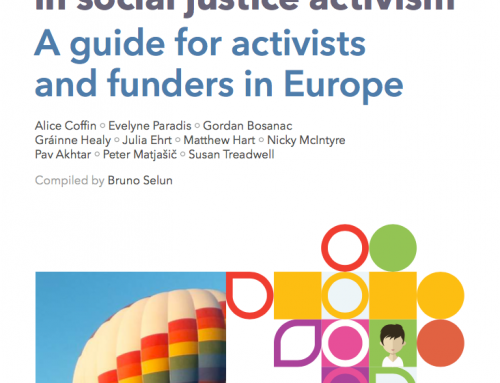
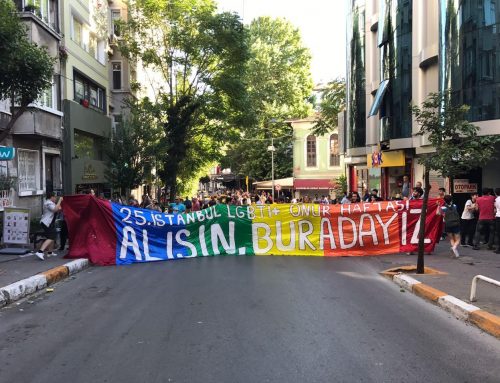
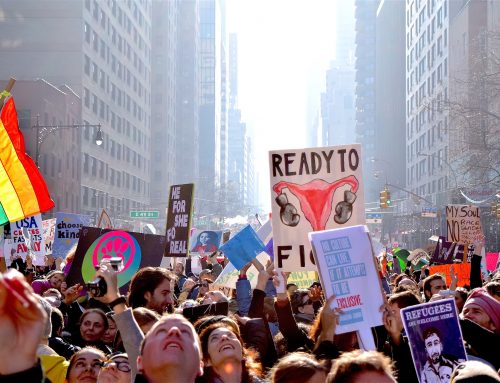



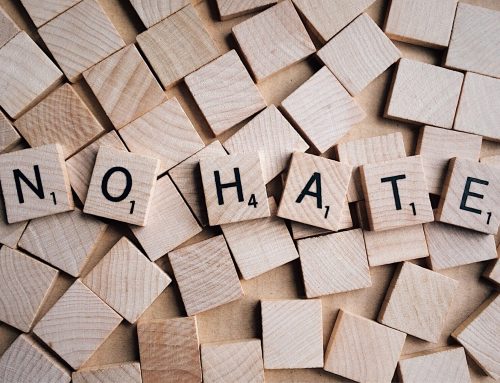


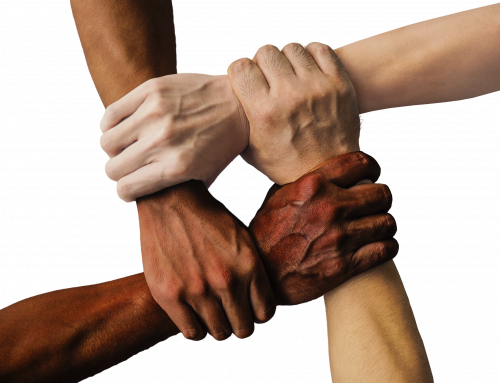

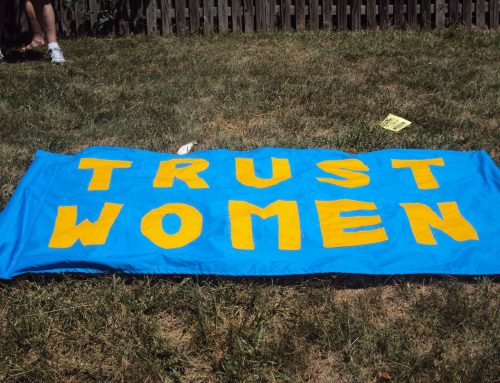

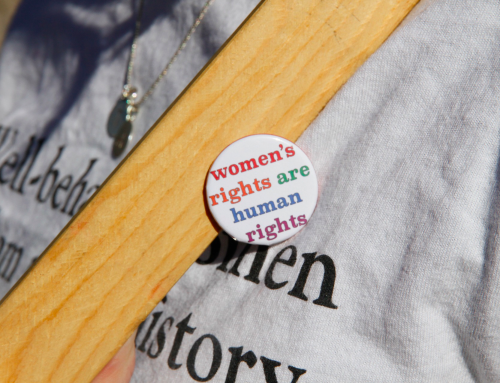
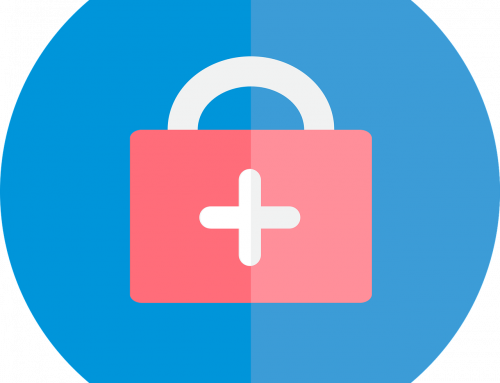

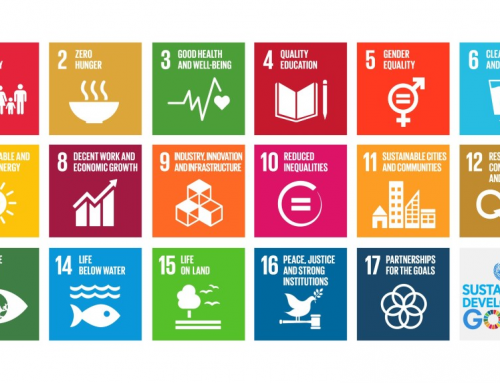
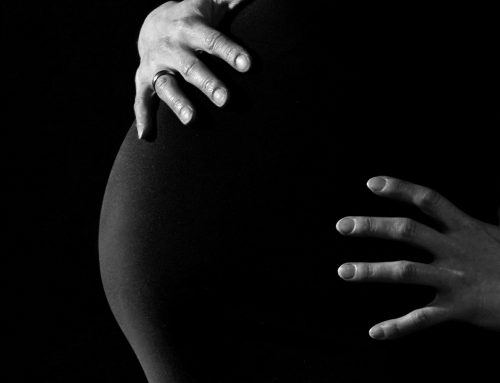
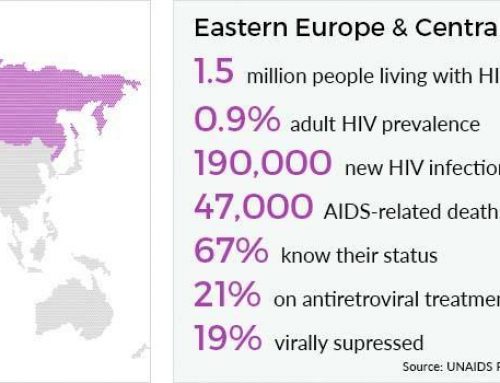
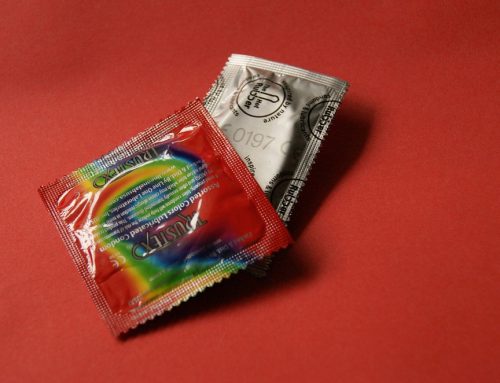

Leave A Comment
You must be logged in to post a comment.